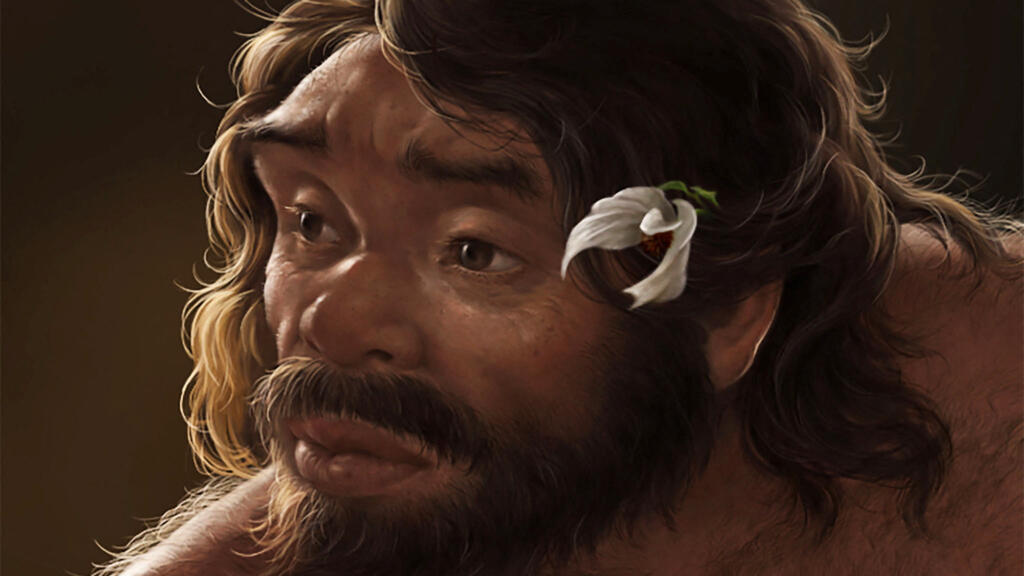Science
Ancient Skull from China Challenges Timeline of Human Evolution

A newly reconstructed skull, dating back approximately 1 million years, has emerged from central China and may significantly alter the understanding of human evolution. Researchers have identified this fossil, named Yunxian 2, as the earliest known member of a lineage that includes the Denisovans, a group of ancient humans. This discovery suggests that the divergence of modern humans from other ancient species occurred much earlier than previously believed.
The research team, led by scientists from institutions in China and Europe, conducted a detailed analysis of the skull, which was unearthed in the Yunxian region. The findings indicate that this fossil is not only remarkably well-preserved but also exhibits unique traits that suggest a complex evolutionary history. The implications of this discovery extend beyond just the Yunxian 2 skull; it could reshape the narrative of our ancestral lineage.
Redefining Human Lineage
The significance of Yunxian 2 lies in its potential to revise key chapters in the human family tree. The fossil exhibits characteristics that are not found in other known human ancestors, providing new insights into the evolutionary relationships between species. According to the researchers, this skull may push back the timeline of when modern humans began to diverge from other hominins by hundreds of thousands of years.
The Denisovans, known primarily from a cave in Siberia, were previously thought to have emerged much later. However, the existence of Yunxian 2 suggests that the lineage leading to these ancient humans may have roots that trace back further than scientists had anticipated. This could indicate that the evolutionary pathways of modern humans and Denisovans were more intertwined during their formative years.
Broader Implications for Evolutionary Studies
The discovery also raises questions about the geographic distribution of early human ancestors. The fossil’s origin in central China highlights the importance of this region in the story of human evolution, suggesting that significant evolutionary developments may have occurred outside of previously established hotspots in Africa and Europe.
Researchers are now calling for more extensive excavations in the area to uncover additional fossils that could further illuminate this period. The Yunxian 2 skull not only provides a glimpse into the past but also serves as a catalyst for future research aimed at understanding the complexities of human evolution.
As the scientific community continues to analyze this remarkable find, the potential for new discoveries remains vast. The Yunxian 2 skull stands as a testament to the intricate tapestry of human ancestry and the ongoing quest to uncover the origins of our species. This research underscores the dynamic nature of paleontology, where each fossil can dramatically shift the understanding of who we are and where we come from.
-

 Lifestyle4 months ago
Lifestyle4 months agoHumanism Camp Engages 250 Youths in Summer Fest 2025
-

 Business5 months ago
Business5 months agoKenvue Dismisses CEO Thibaut Mongon as Strategic Review Advances
-

 Sports4 months ago
Sports4 months agoDe Minaur Triumphs at Washington Open After Thrilling Comeback
-

 Sports5 months ago
Sports5 months agoTupou and Daugunu Join First Nations Squad for Lions Clash
-

 Top Stories5 months ago
Top Stories5 months agoColombian Senator Miguel Uribe Shows Signs of Recovery After Attack
-

 World5 months ago
World5 months agoASEAN Gears Up for Historic Joint Meeting of Foreign and Economic Ministers
-

 Health4 months ago
Health4 months agoNew Study Challenges Assumptions About Aging and Inflammation
-

 Business5 months ago
Business5 months agoOil Prices Surge Following New EU Sanctions on Russia
-

 Entertainment4 months ago
Entertainment4 months agoDetaşe-Sabah Violin Ensemble Captivates at Gabala Music Festival
-

 Entertainment4 months ago
Entertainment4 months agoBaku Metro Extends Hours for Justin Timberlake Concert
-

 Top Stories5 months ago
Top Stories5 months agoRethinking Singapore’s F&B Regulations Amid Business Closures
-

 Business5 months ago
Business5 months agoU.S. House Approves Stablecoin Bill, Sends to Trump for Signature









